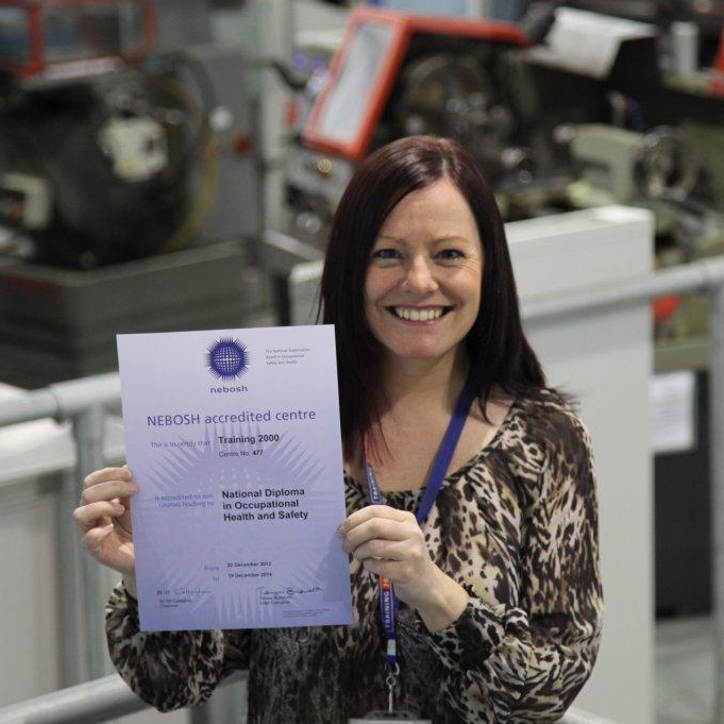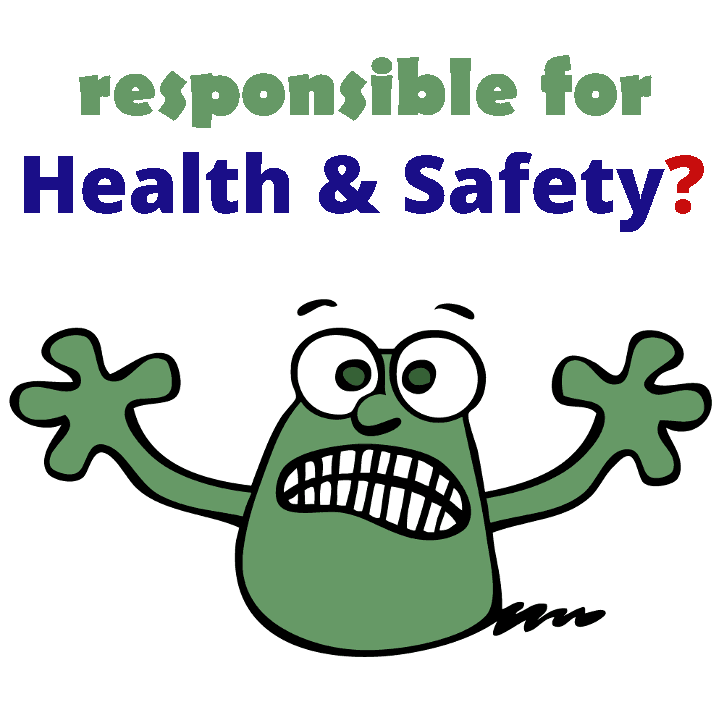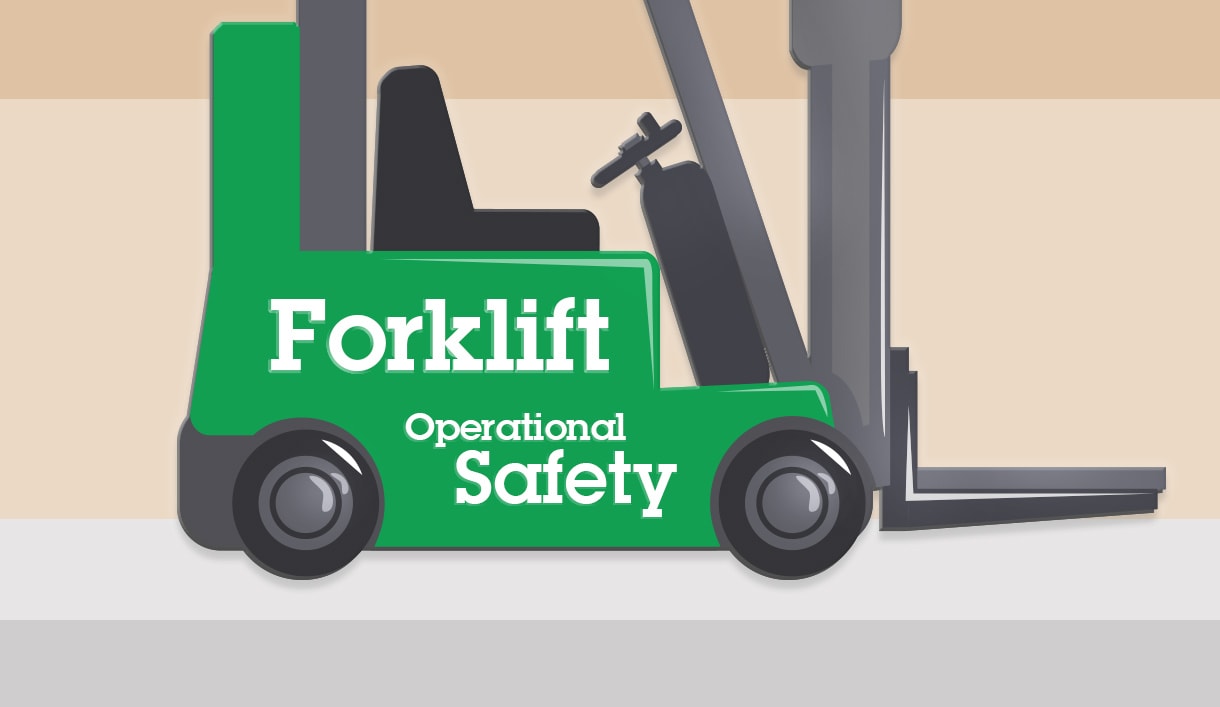Case Study: A Successful Safety Culture Transformation
A Successful Safety Culture Transformation of X
Transforming an organisation’s safety culture is a challenging but rewarding endeavour. In this case study, we will explore how one company successfully implemented a comprehensive safety culture transformation, resulting in improved safety performance, employee engagement, and overall business success.
Background
Company X, a medium-sized manufacturing organisation, was struggling with a high rate of workplace accidents and incidents. The leadership team recognised the need to make significant changes in their approach to safety to protect their employees and maintain their reputation in the industry.
Leadership Commitment
The first step in Company X’s safety culture transformation was securing the commitment of the leadership team. The company’s executives established a clear vision for safety and set specific goals for improving safety performance. They also allocated the necessary resources to support safety initiatives and demonstrated their commitment through regular communication with employees and active participation in safety activities. As part of their commitment to enhancing safety expertise within the organisation, Company X encouraged key personnel to pursue professional qualifications, such as the NEBOSH Diploma in Occupational Health and Safety. This advanced certification not only provided in-depth knowledge in occupational health and safety but also empowered individuals to drive effective safety strategies and lead by example. By investing in the NEBOSH Diploma, Company X further elevated their safety culture and demonstrated their dedication to the highest standards of safety excellence.
Employee Involvement
Company X recognised the importance of employee involvement in fostering a positive safety culture. They established safety committees that included representatives from all levels of the organisation, including frontline employees. These committees were responsible for identifying hazards, proposing solutions, and monitoring the progress of safety initiatives.
Comprehensive Safety Training
To ensure that all employees had the knowledge and skills necessary to work safely, Company X implemented a comprehensive safety training program. This program included both general safety training and job-specific training tailored to the unique hazards and risks associated with each position. The company also made sure that new employees received thorough safety training during the onboarding process.
Regular Assessments and Audits
Company X conducted regular safety assessments and audits to evaluate the effectiveness of their safety programs and identify areas for improvement. This data-driven approach allowed them to make informed decisions and prioritise safety initiatives based on the greatest potential impact on safety performance.
Continuous Improvement
With a focus on continuous improvement, Company X encouraged employees to report hazards, near misses, and incidents. They used this information to proactively address potential safety issues and continuously improve their safety policies, procedures, and training programs.
Recognition and Reward
To sustain their positive safety culture, Company X recognised and rewarded employees for their contributions to safety performance. This included acknowledging individual and team achievements, offering incentives for meeting safety goals, and providing opportunities for professional development.
A True Transformation
Company X’s successful safety culture transformation demonstrates the power of leadership commitment, employee involvement, and continuous improvement in creating a safe and healthy work environment. By investing in safety and prioritising employee well-being, Company X was able to significantly reduce accidents and incidents, boost employee morale, and improve overall business performance.











Leave a Reply
Want to join the discussion?Feel free to contribute!